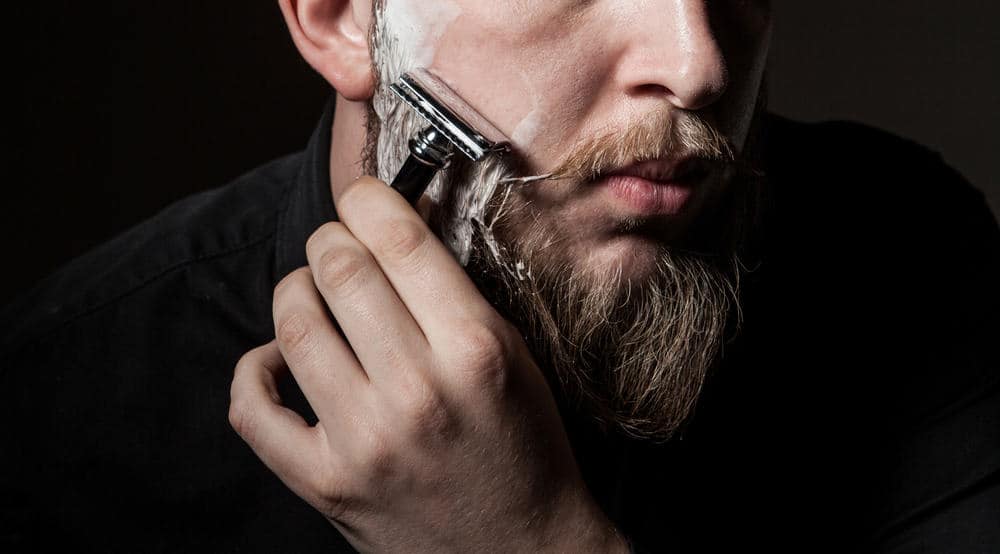
The day started out fairly quiet in the ER. Pretty good for early Sunday morning. All the usual Saturday night characters had been discharged or admitted. That is when the local EMS service rolled up with an elderly male patient.
His story was he passed out in his bathroom and his wife called 911. Upon arrival to the scene, he had regained consciousness but was brought to the ER to be checked.
He denied injury or pain of any kind and felt like he was in his usual state of health. When I asked him if he had experienced episodes of fainting or lightheadedness in the past, he reported that yes he had, but only when using his electric razor. He had felt light-headed when shaving on many occasions, but this time actually had a syncopal spell. He denied any history of TIAs, strokes or heart problems.
Now if you remember your anatomy and physiology, you may recall that the baroreceptors are located in the common carotid arteries, at about the level of the bifurcation of the internal and external carotids at the upper neck just below the angle of the jaw. These receptors help regulate your heart rate by decreasing the rate when the blood pressure increases.
Some patients, especially elderly male patients, develop a sensitivity of the carotid baroreceptors. When stimulated, they can cause the heart to stop for several seconds with an associated drop in blood pressure. If the blood pressure drops far enough, brain perfusion is transiently impaired and the patient loses consciousness.
So when my patient was shaving, he was applying pressure to the baroreceptors in the upper neck with his electric razor, causing his heart to briefly stop and the rate to slow.
His lightheadedness and cardiac pause was easily reproduced with a brief carotid massage while being monitored in the ER. Because the patient’s carotid sinus sensitivity was causing him episodic symptoms of lightheadedness and syncope, he was referred to cardiology for pacemaker placement.
He was also advised not to drive or operate machinery until he had a pacemaker, because even turning the head or looking up can trigger this response in a susceptible patient.
His story was he passed out in his bathroom and his wife called 911. Upon arrival to the scene, he had regained consciousness but was brought to the ER to be checked.
He denied injury or pain of any kind and felt like he was in his usual state of health. When I asked him if he had experienced episodes of fainting or lightheadedness in the past, he reported that yes he had, but only when using his electric razor. He had felt light-headed when shaving on many occasions, but this time actually had a syncopal spell. He denied any history of TIAs, strokes or heart problems.
Now if you remember your anatomy and physiology, you may recall that the baroreceptors are located in the common carotid arteries, at about the level of the bifurcation of the internal and external carotids at the upper neck just below the angle of the jaw. These receptors help regulate your heart rate by decreasing the rate when the blood pressure increases.
Some patients, especially elderly male patients, develop a sensitivity of the carotid baroreceptors. When stimulated, they can cause the heart to stop for several seconds with an associated drop in blood pressure. If the blood pressure drops far enough, brain perfusion is transiently impaired and the patient loses consciousness.
So when my patient was shaving, he was applying pressure to the baroreceptors in the upper neck with his electric razor, causing his heart to briefly stop and the rate to slow.
His lightheadedness and cardiac pause was easily reproduced with a brief carotid massage while being monitored in the ER. Because the patient’s carotid sinus sensitivity was causing him episodic symptoms of lightheadedness and syncope, he was referred to cardiology for pacemaker placement.
He was also advised not to drive or operate machinery until he had a pacemaker, because even turning the head or looking up can trigger this response in a susceptible patient.


